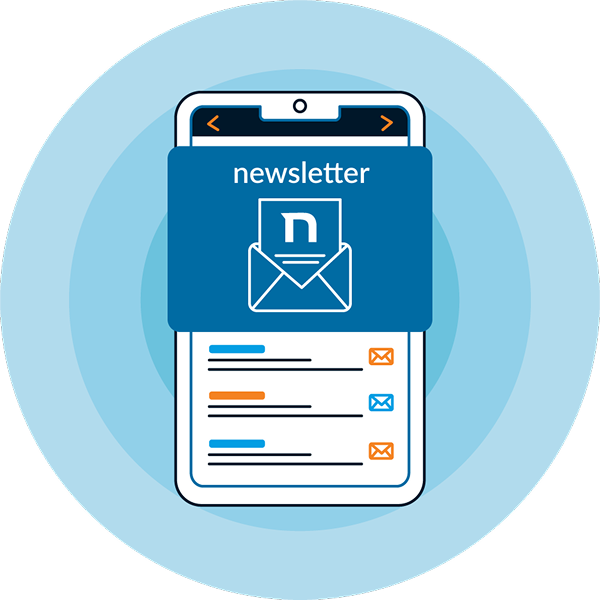The success of companies is directly linked to the quality of their suppliers.
Good hiring makes the best materials and tools available to your team, improving not only the final product or service, but also the company's morale and internal workflows. Bad suppliers, on the other hand, harm the performance of your employees, reduce the value generated by your product or service in the market, as well as add risks to your operations.
One way to ensure that your company is making good hires is to structure a complete database to manage suppliers as efficiently as possible.
In this text, you will understand three of the best practices to accomplish this objective and, in the end, you will know an effective way to incorporate, at once, all of them into your company's operations.
Database: the secret of an efficient supplier management
One of the pillars of good supplier management is having data on each potential seller. This information is varied, and may include:
- Basic profile data;
- Information about the products or services marketed by the supplier that are of interest to the company;
- Notes on the performance in previous contracts, especially in relation to meeting deadlines and quality of deliveries;
- Data on certifications and other information security issues;
Each of these informations may have multiple sources. Some of them are internal to the company itself, such as notes on performance in previous contracts, and others are external, collected directly from the supplier.
Therefore, this data is often dispersed in a series of spreadsheets, filled in manually and without a clear version control.
Thus, a good practice in supplier management is the development of a database that is: unified, reliable and up-to-date. See an explanation of each of these features below:
Unification
The unification of the databases makes available to the Procurement team all the information that may be necessary to conduct, for example, a supplier analysis.
This brings advantages such as:
- Avoids redundancy: unification eliminates the possibility that more than one database contains the same categories of information about the same suppliers;
- Simplifies finding information: Since all data is unified, there can be only one source for analysis, eliminating confusion and simplifying data finding.
But when implementing this unification in practice, it is also important to keep in mind that the visualization of information influences the efficiency of its analysis. Instead of a spreadsheet with hundreds of rows and columns, give preference to simplified, responsive and intuitive layouts for displaying information.
Reliability
It is useless to unify the database if it is not possible to say with certainty that all that information in there is correct.
The reliability of the data depends on factors such as:
- Automation: every time an employee needs to transport data from one database to another, manually entering the information, it is possible that human error occurs. Thus, it is necessary to ensure that data input occurs in the most automated way possible to promote greater reliability;
- Control the power to make alterations: It is necessary to ensure that, once the data has been entered into the database, the changes are exceptional and immediately communicated to the supplier analysis department. This ensures that changes do not go unnoticed, removing doubts about the coherence between the data visualized and the input initially inserted in the base.
This reduces the risk of decisions made based on incorrect information, giving employees greater peace of mind when analyzing possible contractors.
If you want to improve risk management in supplier selection, see more at: Three sources of risk in supplier management that you must eliminate once and for all
Update
Finally, in addition to being unified and reliable, the database needs to be updated. Some good practices in this regard include:
- Institution of periodic reviews, such as the annual completion of information security and compliance forms, for example;
- Possibility of the update of information directly by the supplier, saving work for your employees and strengthening the partnership between the companies;
This allows analysts to always have the most recent information on the performance of that supplier, both in contracts signed with the company and in the market in general.
As the manual update increases the risk of human error, it is also necessary to ensure that the inclusion of new information in the database is preferably done in an automated way.
netLex: all the power of technology to sharpen your databases
Supplier management is a crucial activity for the efficiency of the company's internal operations and for the good positioning of its own product or service in the market. Thus, it must be conducted in line with the best possible practices. One of them is the formation of databases.
The most efficient way to ensure that these records are unified and that the information contained therein remains reliable and up-to-date is to use technology such as netLex.
With our software, it is possible to form a database for analyzing suppliers in a simple and secure way, implementing all the best practices indicated in this article in an efficient and intuitive manner.
To see how netLex can improve your supplier management, schedule a demo with our experts right now!






